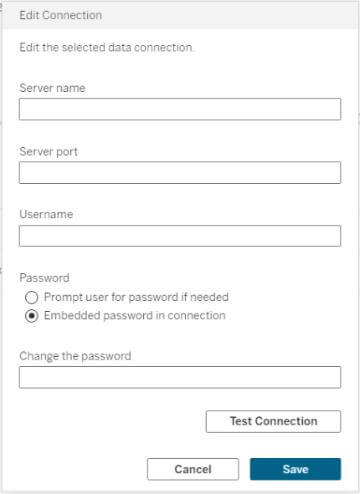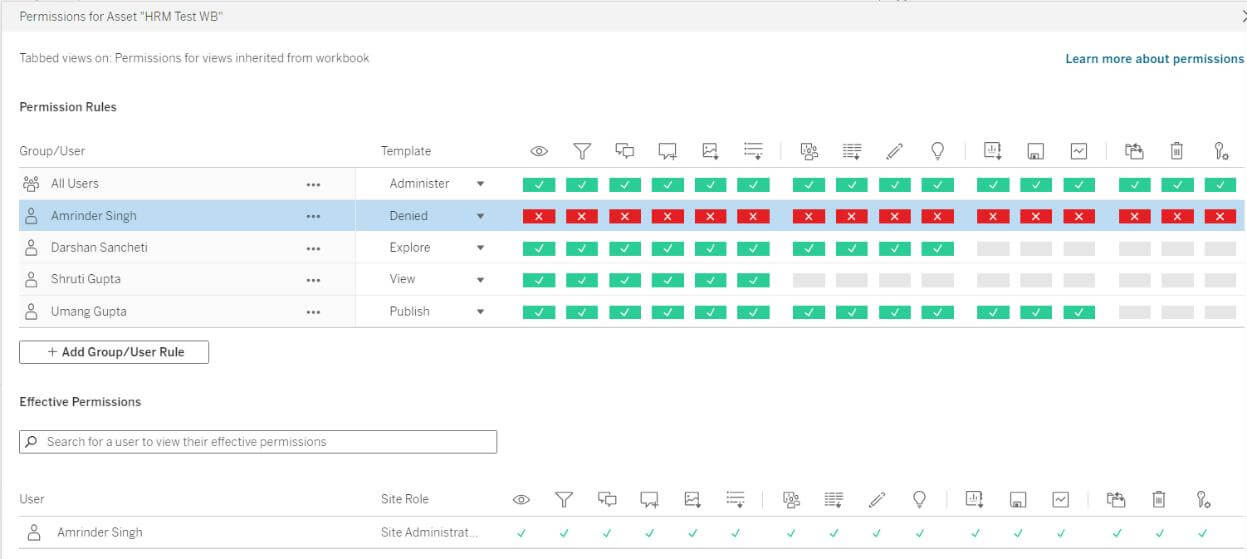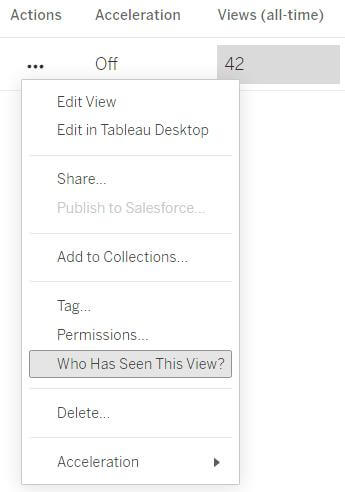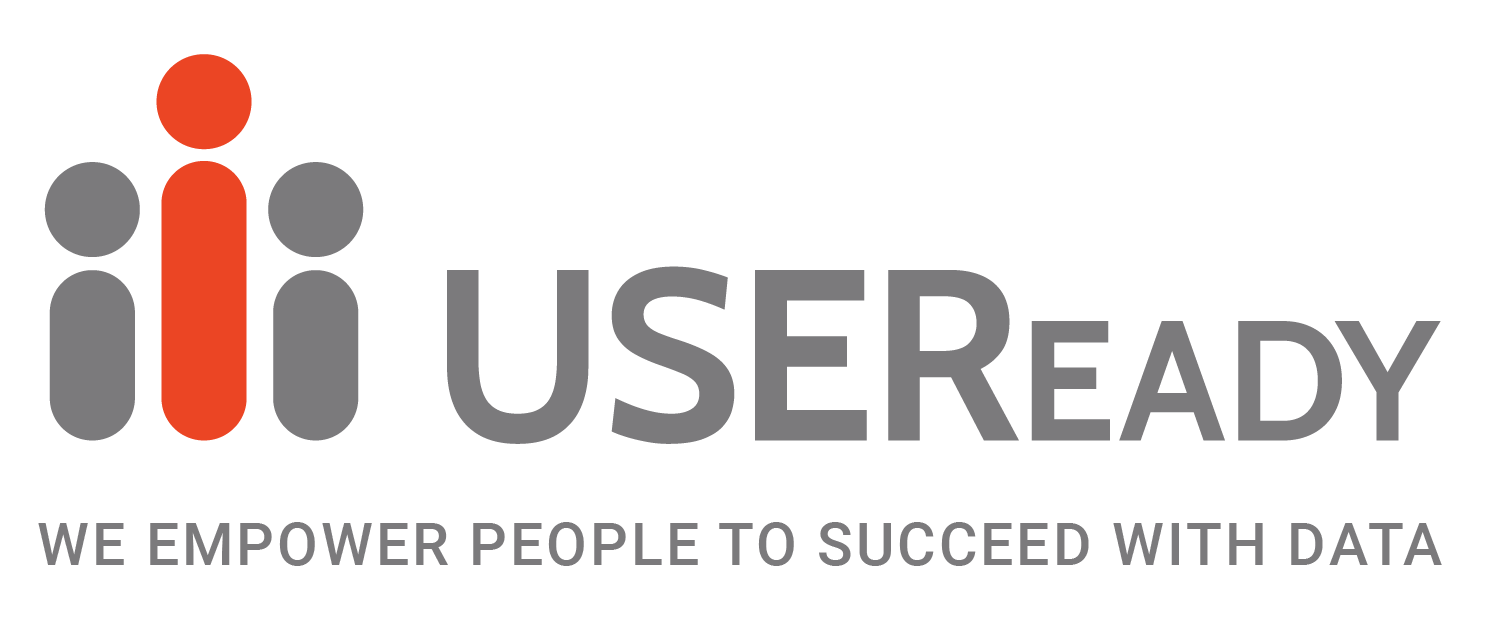
Key Considerations for a Successful Tableau Migration
Overcoming Challenges in Tableau Cloud Transition
Why Modernizing Tableau is Essential for Business Growth
Understanding the Benefits of Tableau Cloud Migration
Key Differences Between Tableau Server and Tableau Cloud
Step-by-Step Guide to Assessing Migration Readiness
Ensuring Data Security and Compliance in Migration
What Makes Tableau Cloud a Better Choice?
Best Practices for a Smooth Tableau Transition
How to Minimize Downtime During Migration
Common Pitfalls to Avoid in Tableau Migration
Tableau Cloud is a cloud-based analytics platform that enables organizations to analyze and visualize their data through a web browser. As a SaaS solution, it offers multiple benefits to an organization in terms of scalability with significant reduction in cost as it eliminates the need for on-premises infrastructure. Additionally, it provides consistent security updates with disaster recovery and cloud exclusive features unavailable in on-premises infrastructure.
Steps for a seamless migration:
Step 1
Understanding the Server Environment
Server Version: Check the server version and verify whether the features used in Tableau Server are supported or deprecated in Tableau Cloud.
Server Backup: Before proceeding with migration, the Tableau admin must ensure a complete backup of the existing server environment.
Content Quality and Type: Fetch the inventory for each content type, including Projects, Workbooks, Data Sources, Extract Refreshes, Subscriptions, Alerts, Users and Groups, Favorites, and Custom Views.
Step 2
Project
Verify the project structure followed and validate the number of parent projects and sub-projects as per the server environment.
Step 3
Data Sources
Embedded Data source: An embedded data source is a dataset that is stored directly within a report or dashboard. The connection information, queries, and credentials are saved as part of the specific report.
Published Data source: A published data source is a shared dataset that is published to a central location (e.g., a data server or a business intelligence platform) and is accessible by multiple reports or dashboards.
Authentication: Ensure that credentials are available for all data source connections

The next step is to categorize the data types, such as SQL, Excel/CSV, PostgreSQL, Snowflake for bridge connectivity and configuration on Tableau Cloud.
Note: When multiple workbooks are use the same embedded data source, it is recommended to publish the data source separately on Tableau Cloud during migration. This ensures that all associated workbooks are connect to a single, centralized published data source
Step 4
Workbook: A Tableau Workbook is a container where you build and store all the components of your data analysis and visualizations including Worksheets, Dashboards & Stories.
Elements to verify in a workbook:
1. Tabbed Views: These allow users to easily switch between different views, much like switching between tabs in a web browser.
2. Custom Views: These allow users to personalize and save their own version of a dashboard or report without altering the original design (Public/Private).
3. Permissions: This controls access to viewing, interacting with, or modifying content, ensuring that only authorized users have the appropriate level of access.

Note: It is recommended that organizations assign permissions at the group level rather than on an individual user basis. This approach simplifies the management of permissions and ensures consistency across users. By setting permissions for user groups, every member of a group automatically inherits the appropriate access levels based on their role or department. This method not only reduces the risk of errors but also streamlines the process of updating permissions when roles change, or new users are added. It ensures that all users within a group receive the necessary access without the need for manual, individual adjustments.
Step 5
Extract Refresh: In Tableau, this refers to the process of updating a data extract by retrieving the most recent data from the original data source.

Step 6
Data Source connection: A data source connection in Tableau refers to the link between Tableau and the underlying data from which it retrieves information for analysis and visualization. This connection enables Tableau to interact with data stored in various formats and locations, such as databases, spreadsheets, cloud services, or web applications.
Types of Data Source Connections in Tableau:

Live Connection: In a live connection data source is queried in real-time. There is no need to refresh or reload the data manually, any updates or changes in the source data are immediately reflected in the connected workbooks.

Extract Connection: In this type of connection, a local copy of the source data is stored on the server environment. The data source must be manually refreshed to ensure access to the most recent version of the source data.
Note: Verify if the workbook is connected to an embedded data source or a published one. If it’s connected to a published data source, note whether the data source is located within the same project or in a different project.
Following is an overview of the server environment. The steps below will help identify potential issues on Tableau Server to prevent any hindrance during the migration process.
1. Check whether the data source has “Name Unavailable” error, the potential causes of this error could be as follows:

- Broken Data-Source Link: The path to the specified data source may have changed. In this case, the user should verify whether the data source still exists at the original location or check whether the file has been renamed, moved, or deleted.
- Network Connectivity Issues: This could be due to network disruption in case if the data source is hosted on a network or cloud. User must ensure the network connection is stable and if the data is stored on a server, check if the server is reachable.
2. Check if any data source is still active or originates from an invalid source that is no longer needed. The user can verify this by seeing if the data source has been recently refreshed or if it is actively used by any workbook.
3. User must ensure that the workbook views are accessible on the server without errors. If they are not accessible, verify that the data source connections are properly configured, and the credentials provided are correct.
4. Identify and separate workbooks that are no longer in use or whose owners are no longer part of the organization. The user can check if the workbook has been accessed recently to determine its relevance.

Conclusion
By carefully assessing your current server environment, organizing data sources, and optimizing workbooks, you can ensure a smooth transition. Proper preparation, including addressing common errors and centralizing data management, will pave the way for a successful migration, enabling your organization to fully harness the power of cloud-based analytics.
In Part 2 of the blog, we’ll cover detailed steps involved in Tableau Server to Cloud Migration.











 Media Coverage
Media Coverage Press Release
Press Release

